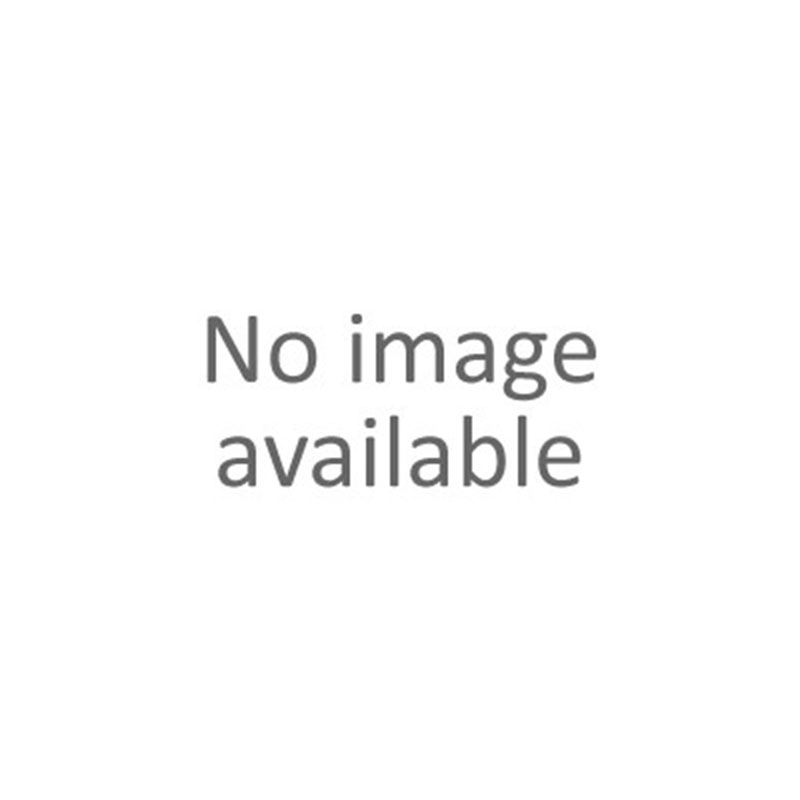Description
Small enough to fit in a lab coat pocket, this new reference provides clinicians with a summary of contraindications and precautions to review before treating patients seeking physical rehabilitation. This is the only book that discusses all of the contraindications in one convenient source, and includes the full range of interventions, ranging from physical agents to supportive devices to therapeutic exercises. Perfect for both seasoned clinicians and entry-level practitioners, this resource is a must-have for all clinical settings. It can also be used in such academic courses as Differential Diagnosis, Clinical Reasoning, Therapeutics, and Intervention. Students beginning rotations will find it convenient to carry for immediate reference. Instructor resources are available; please contact your Elsevier sales representative for details.
Product Details
Reference
31624
EAN13
9781416033646
ISBN
9781416033646
Data sheet
Publication date
2006
Issue number
1
Cover
paperback
Pages count
960
Dimensions (mm)
127 x 210
Weight (g)
880
Part I: Overview




 Delivery policy
Delivery policy
 Security policy
Security policy
 Return policy
Return policy
